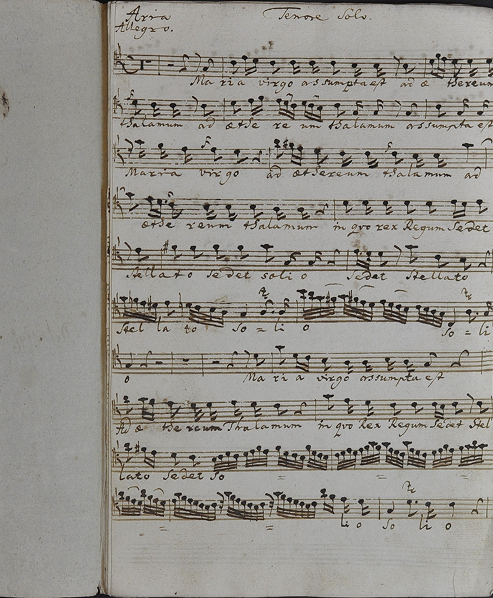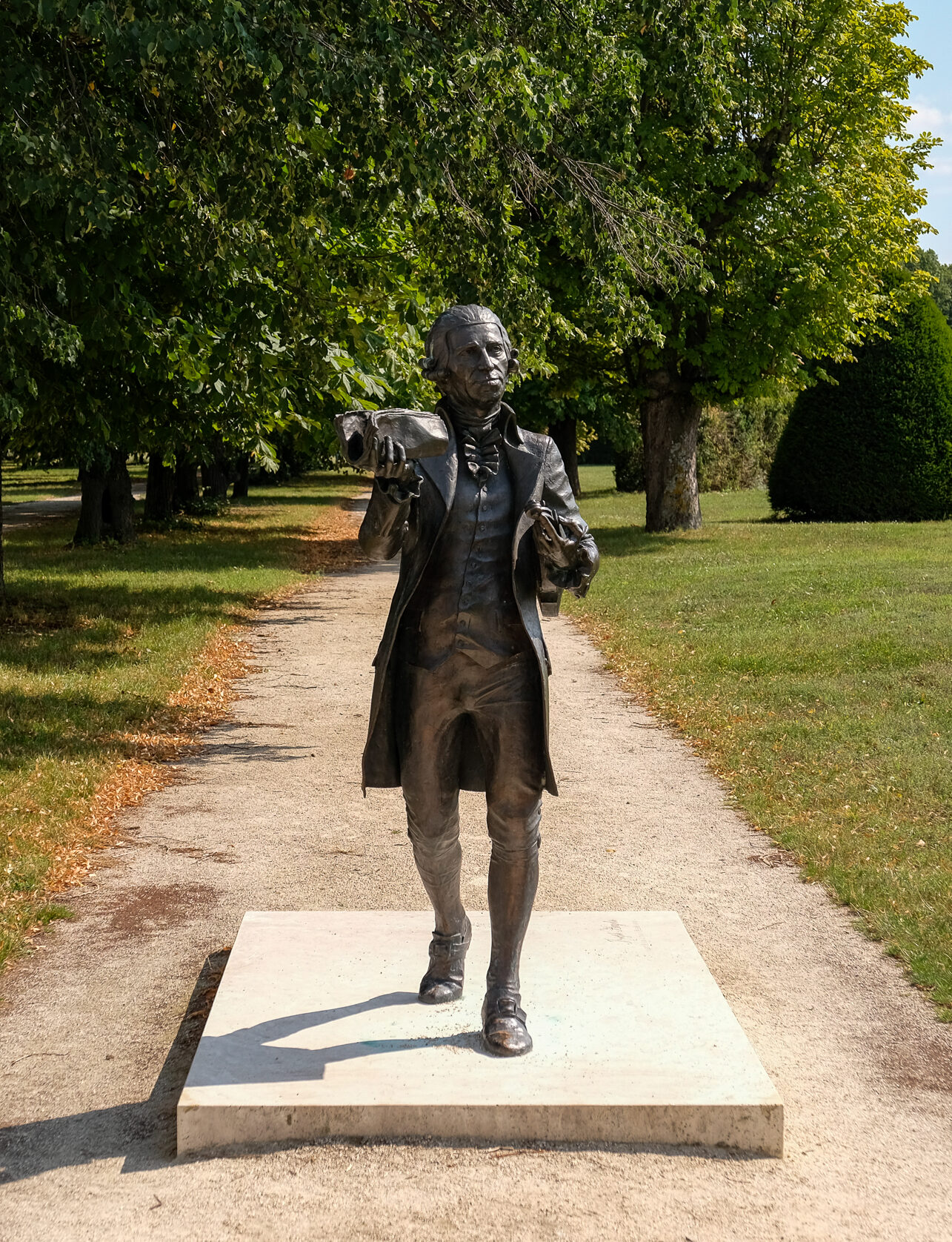History and Mission
Lorem ipsum dolor sit amet consectetur adipiscing elitsed
History and Mission
Haydneum aims to support the values of early music in Hungary and to promote the Hungarian-related Baroque, Viennese Classical, and early Romantic repertoire (1630–1830).
The foundation, established by the Hungarian state in 2021, aims to support and promote the practice of early music in Hungary—building on the international Baroque revival efforts of the past fifty years—through research, music publishing, training, concerts, and performances. Its activities focus on the rediscovery, preservation, and dissemination of the Hungarian-related Baroque, Viennese Classical, and early Romantic repertoire (1630–1830). Our goal is that annually organized festivals, featuring outstanding performers and the unique repertoire they present, illuminate concert venues in Budapest, Eszterháza, other locations across Hungary, and international stages alike.

Haydneum Repertoire
Haydneum’s musical repertoire unites two aspects of the Hungarian-related Baroque, Viennese Classical, and early Romantic musical heritage: works composed in Hungary at the time (some by Hungarian-born composers), and the rich collections of 17th-, 18th-, and 19th-century music originating from other countries but preserved in the libraries and archives of Hungary.
Our primary mission is to catalog, study, publish, and perform works by composers active in Hungary during the period. This work focuses on both well-known composers (such as Joseph and Michael Haydn, Johann Nepomuk Hummel) and lesser-known figures (including Gregor Joseph Werner, Johann Georg Albrechtsberger, Istvánffy Benedek, Frédéric Kalkbrenner, Johann Sigismund Kusser, Georg Christoph Strattner, Anton Zimmermann, and Franz Wenzel Zivilhofer). In addition, Haydneum places special emphasis on introducing collections of Italian, German, French, and English scores preserved in Hungarian libraries and archives; these manuscripts also testify to the international interactions of artists and compositions in the 17th, 18th, and 19th centuries.
Eszterháza and Haydn
The Esterházy Palace in Fertőd-Eszterháza, Hungary, is the only site in present-day Hungary that stands out in red on the music history map of 18th-century Europe. Joseph Haydn spent roughly half of his active composing career here, from 1766 to 1790: during this period, he spent most of each year in the service of Prince Nikolaus Esterházy (The Magnificent).
Without the unparalleled patronage of Prince Nikolaus Esterházy (The Magnificent), his deep interest in music, and his expertise, European music history would look very different today. Haydn might have become a genius elsewhere, but here in Hungary, he was able to develop his art in a truly unique and supportive environment—secluded from the wider world, yet encouraging experimentation. In this way, Eszterháza became one of the centers of high culture of the era, whose brilliance illuminated all of Europe.

Haydn's Work
Joseph Haydn, one of the most important figures in European music history, spent decades in the second half of the 18th century working in Hungary at the court of the Esterházy princes. During this period, Haydn’s name and presence shaped the Hungarian musical scene, which is why he was chosen as the namesake of the Haydneum.
Viewed as the creator of a style and genres that inspired all of Europe—celebrated in capitals from London to Berlin, Paris to Vienna—Joseph Haydn can also be regarded as the most international composer of his era. Although his achievements often overshadowed the fame of many of his predecessors and contemporaries, he owed much to them as well. In seeking to correct these historical imbalances, the Haydneum aims to present Haydn and his oeuvre within a broader perspective, one that highlights both remarkable personalities and dazzling scores.